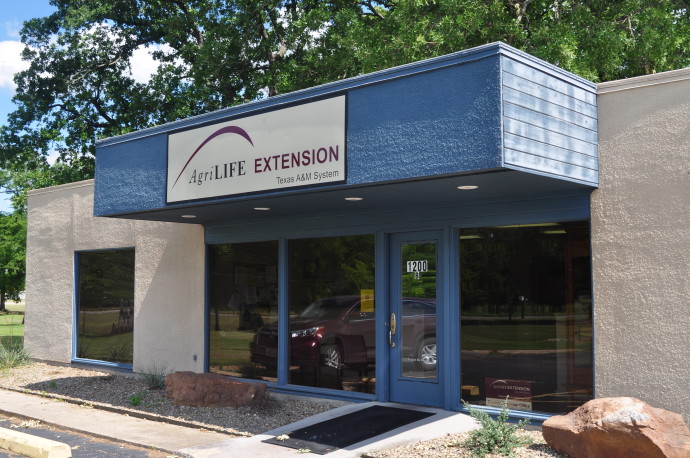
The impact in our landscapes of hot and dry weather can be seen not only during the current seasons but for years to come. Trees, a significant landscape asset of your garden tend to reveal the drought effects YEARS after the actual drought takes effect. Many weather effects can be noticed right away specially if those are caused by storms or snow. Drought effects, in the other hand, are hard to evaluate until the next spring season. At times, the use of an arborist are recommended in highly valuable trees. An arborist is a specialist in the care and cultivation of trees. Hiring an arborist can be a prudent investment in the health and longevity of your trees, and helps to insure that weak or aging trees do not become a liability.
Arborists may be called upon for the following:
- Selecting an appropriate tree for a site and climate.
- Planting trees.
- Pruning to improve shape of tree, removed dead or weakened limbs, clear limbs from other structures and power lines, increase light penetration.
- Administer proactive plant health care to fertilize, aerate, and protect against pests and disease, among other activities.
- Provide emergency care to trees that have been injured in storms, or those that are posing active risk to other structures or people on the property.
- Removing weakened trees that are beyond a therapeutic course of care, determined a risk, or are an impediment. Arborists can help determine if a tree needs to be cut down, and have the expertise and equipment to carry out the removal safely.
As advised by the Texas A&M AgriLife Extension Department of Ecosystem Science and Management, consider the following when selecting an arborist:
- Check for membership in professional organizations such as the International Society of Arboriculture (ISA), the Tree Care Industry Association (TCIA), or the American Society of Consulting Arborists (ASCA).
- Check for ISA arborist certification.
- Ask for proof of insurance and then phone the insurance company if you are not satisfied. A reputable arborist carries personal and property damage insurance as well as workers compensation insurance.
- Check for necessary permits and licenses. Some governmental agencies require contractors to apply for permits and/or to apply for a license before they are able to work.
- Ask for references to find out where the company has done work similar to the work you are requesting.
- Get more than one estimate, unless you know and are comfortable with the arborist. You may have to pay for the estimates, and it will take more time, but it will be worth the investment.
- Don’t always accept the low bid. You should examine the credentials and the written specifications of the firms that submitted bids and determine the best combination of price, work to be done, skill, and professionalism to protect your substantial investment.
- Be wary of individuals who go door to door and offer bargains for performing tree work. Most reputable companies are too busy to solicit work in this manner. Improper tree care can take many years to correct itself and, in some cases, it can never be corrected. Are you willing to take that risk with your valuable investment?
- Keep in mind that good arborists will perform only accepted practices.
- Get it in writing. Most reputable arborists have their clients sign a contract. Be sure to read the contract carefully.
For more information on this or any other agricultural topic please contact the Hopkins County Extension Office at 903-885-3443 or email me at [email protected].

Mario Villarino DVM, Ph.D.
Hopkins County Extension Agent for Ag and NR
1200B Houston Street
Sulphur Springs, Texas 75482
903-885-3443





